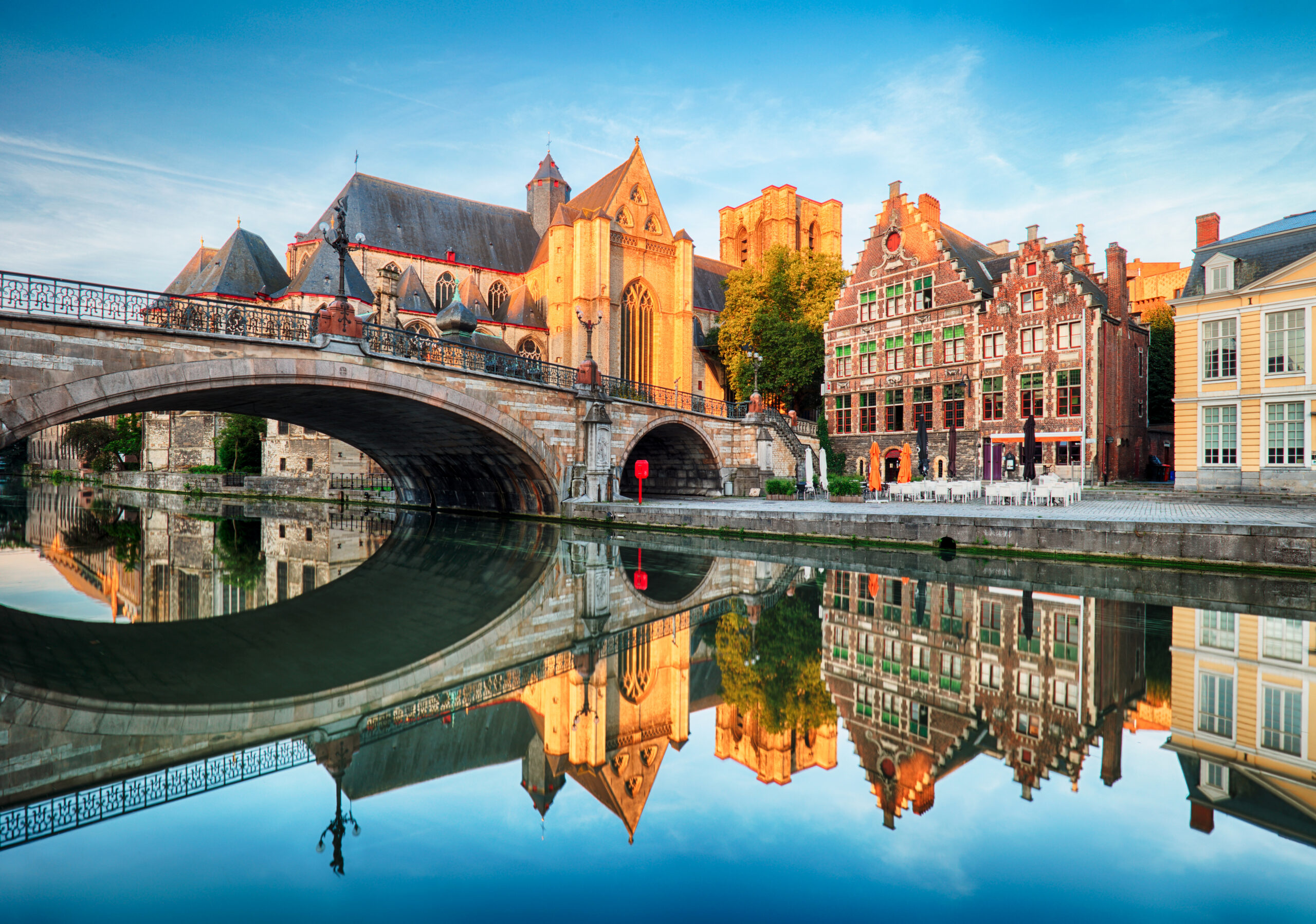Ghent, a haven for free spirit
I arrived by car, greeted by a city bathed in soft, golden light and wrapped in an air of quiet mystery. The streets, though calm, whispered stories of centuries past. Eager to unravel its charm, I set off on foot to explore this hidden gem. Welcome to Ghent.
Ghent, a city in the Flemish Region of Belgium, is the country’s third-largest and one of its best-kept secrets. Often overshadowed by its more famous neighbors, Bruges and Brussels, Ghent is a cultural and historical treasure waiting to be discovered.

In the Late Middle Ages, Ghent was one of the largest and wealthiest cities in northern Europe, boasting a population of around 50,000 in the 1300s. The booming wool industry, which had its roots in Bruges, transformed Ghent into Europe’s first industrial hub. Though the city’s prominence waned after the 16th century, this decline inadvertently preserved its stunning historic center—now a magnet for travelers seeking authenticity and charm.
Walking through Ghent feels like stepping into a storybook where medieval architecture blends seamlessly with modern vibrancy. The city center is completely car-free, allowing visitors to soak in its beauty undisturbed. Must-see landmarks include St. Bavo’s Cathedral, home to the world-famous Ghent Altarpiece; the towering belfry; the imposing Gravensteen Castle; and the picturesque Graslei harbor, where stunning façades reflect centuries of history. Unlike some cities that feel frozen in time, Ghent thrives with energy—this is no museum city, but a living, breathing masterpiece. As the saying goes: “Bruges is for tourists, Ghent is for Belgians.”
Art lovers will be drawn to Ghent’s world-class museums, from the Museum of Fine Arts, showcasing works by Rubens and Flemish masters, to the contemporary SMAK, featuring pieces by Joseph Beuys and Andy Warhol.
One of the best ways to experience Ghent is by boat, gliding along its canals as you pass medieval buildings, lively squares, and hidden corners brimming with untold stories.
And then, of course, there’s the food. Belgium is renowned for its cuisine, and Ghent is no exception. From the traditional Flemish waterzooi to cutting-edge international flavors, the city’s dining scene is a delight. A great place to start? Pakhuis (www.pakhuis.be), a stunning brasserie set in a historic warehouse. Ghent also takes pride in its progressive approach to food, promoting meat-free Thursdays and offering a “veggie street map” highlighting its many vegetarian-friendly spots. No visit would be complete without indulging in Belgian waffles, pralines, and—of course—some of the world’s finest craft beers.
Ghent isn’t just about history and food; it’s a cultural powerhouse. Each year, it hosts major events like the Ghent Festival and the International Film Festival of Ghent, drawing artists and visitors from around the world.
With an excellent public transport network and the largest designated cycling area in Europe, getting around is a breeze.
Ghent enjoys a mild climate, with summers averaging a comfortable 20°C and winters settling around 3.5°C. The city sees its heaviest rainfall between October and February, with November being the wettest month—perfect for cozying up in a café with a Belgian beer or a warm waffle with chocolate.
Once the beating heart of medieval Europe, Ghent remains an incredible and fiercely independent city, determined to prove it is second to none. Come and see for yourself—you might just fall in love.
Article by Bernardo Calero / bcalero43@hotmail.com
To get there: London airports run scheduled flights to Brussels airport regularly. Alternatively, Eurotunnel train if you go by car.
To get around: Walking and boat is the best way to experience the city. For information : https:// visit.gent.be/en

